
Although just over 24 million people live in Australia, the population density is only just over 3 inhabitants per square kilometer. In comparison, Switzerland has 203 inhabitants per square kilometer. However, as these figures are only statistical and not factual, the reality is somewhat different, as over 90 percent of Australia's inhabitants live on the country's coasts. Founded in 1787 as an English penal colony, Sydney is now home to more than 4.6 million people, with over 2.5 million people visiting the metropolis on the Pacific Ocean every year.
Around seven million people from all over the world travel to the Red Continent every year, many of them as language students. After all, where better to combine a vacation and language learning than on a language study trip to Australia? Surfing in Byron Bay, diving on the Great Barrier Reef, a wine tour in the Hunter Valley, whale-watching in Albany, an evening at the opera in Sydney, searching for koalas in the outback or excursions to the Red Center - Australia has something to offer every holidaymaker.
But is it really worth attending a language course in Australia or would it make more sense to take an English course here in Switzerland? Does it make sense to plan a language study trip to Australia or would a language study trip to England be more profitable? As language vacations abroad should be well thought out and planned, you will find some information and hopefully inspiration for the language trip of a lifetime on the following pages.

Those who have the choice are spoiled for choice. This is pretty much true of Australia's cities and towns, because it seems unfair to be able to choose just one place. But why only see Sydney or Perth, Byron Bay or the Gold Coast? Why not combine a language study trip with a round trip and thus combine learning English in Australia with a travel adventure?
It is a good idea to start your stay in Australia with a language course in a city that you have already researched extensively and that you really want to go to. It should suit your nature, i.e. not be too isolated if you love a culturally colorful life or a tourist hot spot if you are looking for solitude. Choose a place that fascinates you and where you would like to spend a few weeks.
If possible, follow this language course with a short round trip, with excursions to the deserted outback, the Whitsunday Islands, Fraser Island, the Great Barrier Reef or other places that are worth seeing. Get to know the country and its inhabitants, use the English skills you learn on your language course to make contacts and gain unique experiences.
To round off your language study trip in Australia and get the most out of it, not only in terms of tourism but also linguistically, a second English language course at the end of your trip could also be worthwhile. At a second location that you find fascinating.
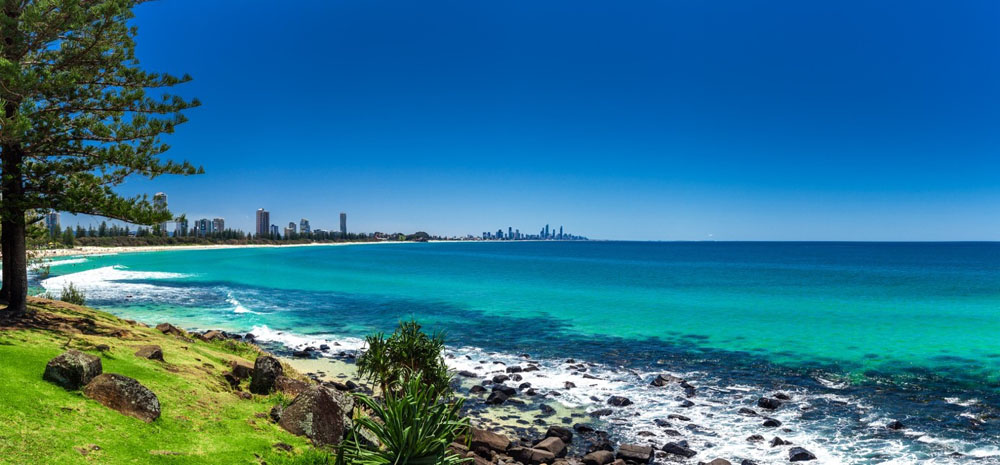
However, a trip like this takes time, should not be completed in two or three weeks if possible and is therefore only suitable for people with a lot of free time who don't just want to learn English but also want to get to know the country. One of the reasons is, of course, the journey. It takes 19 hours to fly from Zurich to Perth and 21 hours or more to Sydney. A full day should therefore be planned for the journey there and one for the departure. For a short language course in business English, it is therefore too far a distance to travel, which is not in proportion to a stay of one or two weeks. For a language study trip to Australia, you should therefore bring time with you - for the journey there as well as the stay itself. At least three weeks of language study should be planned, although six to twelve weeks would of course be more advisable for acquiring and improving your language skills.
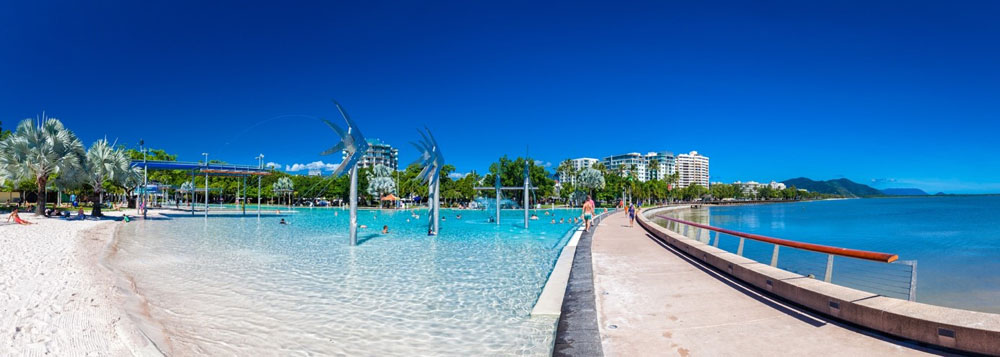
Traveling in Australia is definitely a warm affair, especially in the summer months, although the continent has very different climate zones, from tropical in the north to arid (desert) in the Red Centre and temperate in the south. If you want to experience several climate zones, it is best to travel along the east coast from Cairns (tropical) via Brisbane (subtropical) to Sydney (temperate) with a detour to the Red Center (through semi-arid with grassland and steppe into the arid desert) and Prince of Wales Island in Queensland (equatorial).
In the interior of the country and in the desert areas with Alice Springs and Uluru (Ayers Rock) in the Northern Territory, in parts of South Australia and Western Australia, very dry and desert-like conditions prevail with infrequent rain and very hot temperatures during the day of around 40°C in summer and 20°C in winter. At night, sub-zero temperatures are not uncommon during this time.
In northern Australia, for example in Darwin, there is often heavy rainfall in the summer months with temperatures of 32°C during the day and still 25°C at night. In the winter months, average temperatures are slightly lower, but are still quite warm at night at around 20°C. In the South Australian summer, Melbourne, Adelaide and Perth remain predominantly rain-free with temperatures of around 30°C during the day, but water temperatures of just 20°C.
Western Australia is very rainy with temperatures of 20°C in winter and 31°C in summer. Less than half as much rain falls in south-eastern Australia in Sydney, Brisbane and Canberra and an average of 20°C in Brisbane, and in Queensland with summer temperatures of 22-36°C and 11 to 26°C in winter. The ideal travel weather is therefore not so easy to find, here is a brief overview:
It should be noted that the Australian summer lasts from November to April and the winter from May to October.
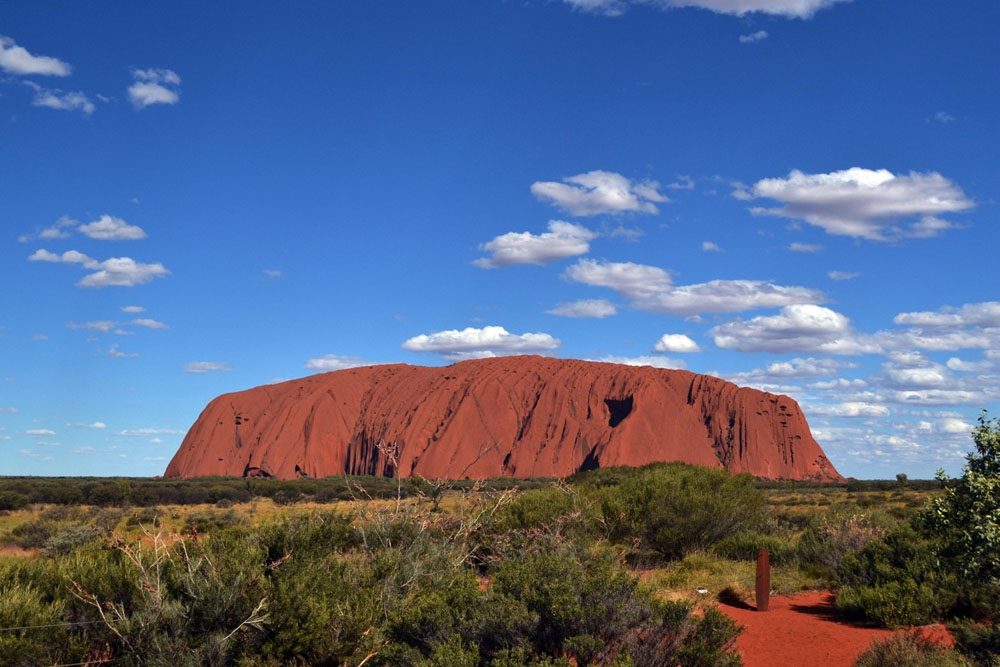
A language study trip to Australia rarely focuses solely on learning English. This is also reflected in the courses on offer, which include this factor. In Australia, for example, there are considerably more vacation courses with fewer lessons per week than in England, and even the standard language courses comprise between 15 and 25 lessons, compared to between 20 and 25 lessons in England.
You can prepare for language certificates at almost any Australian language school, for Cambridge certificates as well as for the IELTS test and TOEIC test. However, language schools that offer language courses for business English are usually only to be found in the big cities and less so in the smaller towns.
Swiss citizens residing in Switzerland require a valid Swiss passport and a visa. If your language study trip to Australia is to last no longer than three months, you can apply for a free eVisitor visa (subclass 651) onhttp://www.border.gov.aubut you will not be able to pursue paid employment with this visa. If you want to stay longer, apply for a tourist visa (subclass 676). The Working Holiday Visa is not possible for Swiss citizens, but volunteer work and farm work with free board and lodging instead of a salary are permitted with a tourist visa. The Australian embassy can provide you with detailed information on entry requirements.
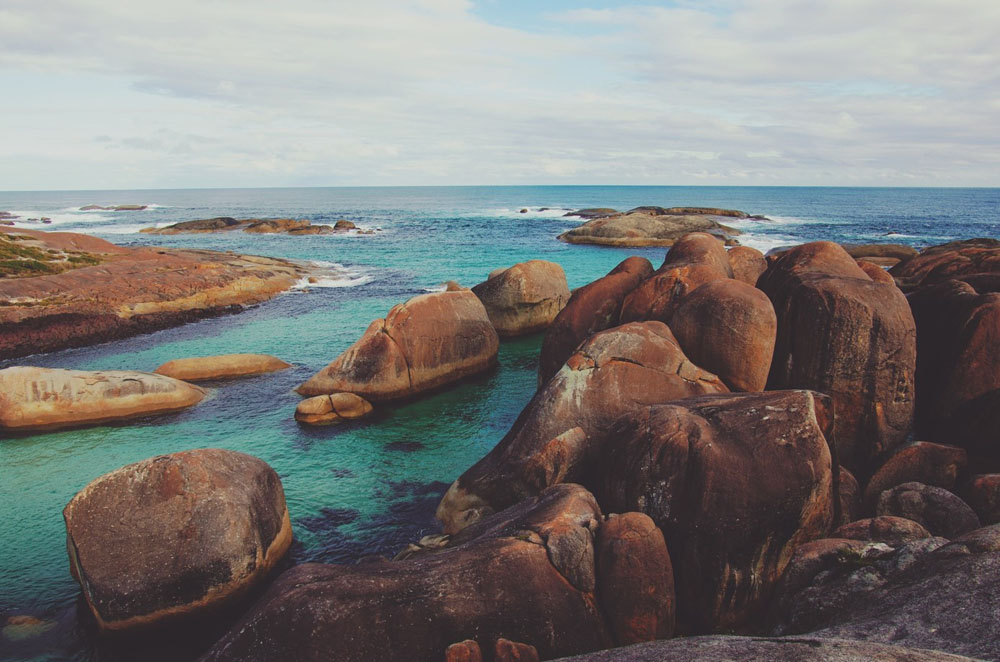
Terrorism does not stop at Australia either, the Australian National Security of the Australian Government points out the danger of terrorist attacks. The political situation in the country, on the other hand, is stable, with crime at411,686 criminal offensesmoderate with a population of around 24 million. In comparison: in Switzerland, with a population of just over 8 million at the same time526`066 Criminal offensesagainst the Criminal Code. Australia can therefore be described as a relatively safe country for a language study trip.
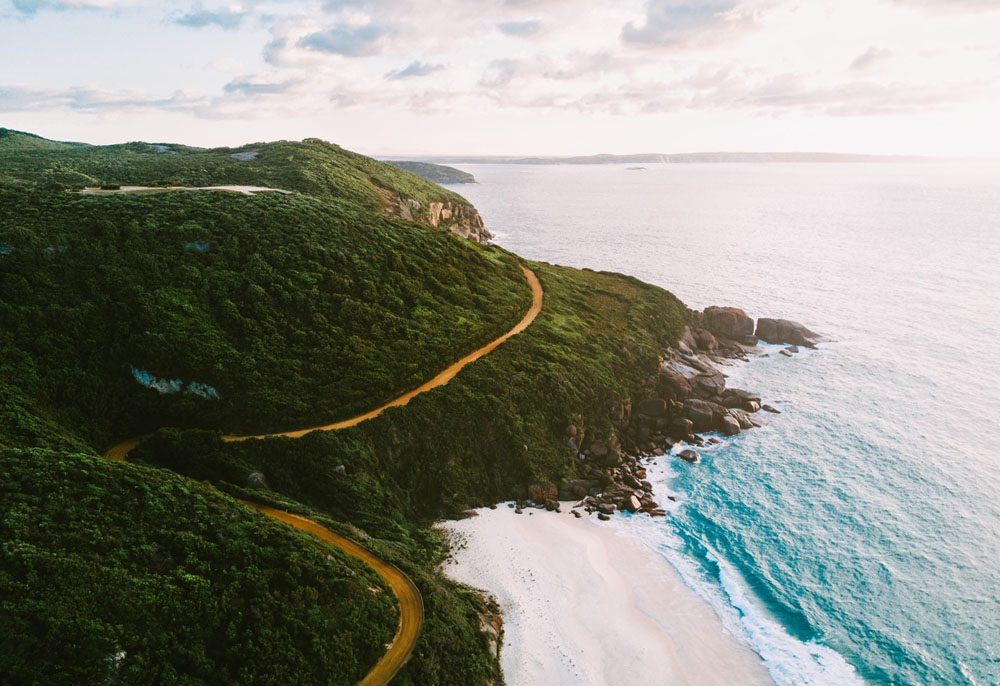
Due to the high cost of a flight, a language course in Australia is about a thousand francs more expensive than a language course in England (for a four-week language course), but usually cheaper than a language school in the USA. Nevertheless, you should expect to pay around CHF 3,500 to CHF 4,500 for a four-week language course including flights, transfers and accommodation with a host family including half board.
In addition, there are excursions, other meals, going out, weekend trips, courses, local mobility costs, entrance fees and other costs that can add up significantly.